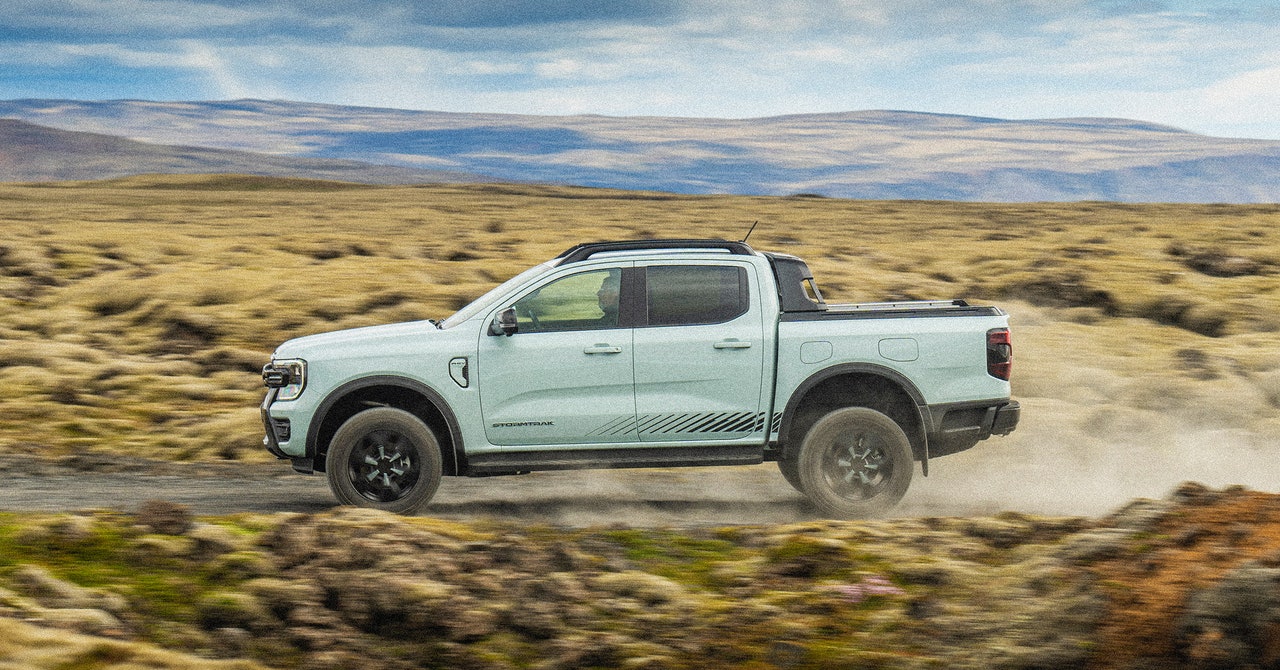Blog
Ford Ranger Plug-In Hybrid Review: Prices, Availability, Specs

Fitness for purpose. Take a deftly aimed power tool to all the marketing flim-flam, and you can’t go far wrong with that mantra. There’s no messing around when it comes to a pick-up truck, a vehicle that has a clear job to do, and in most cases does it admirably.
Except that even this segment isn’t immune to mission creep, and these hardy vehicles are now expected to double as workhorse and acceptable all-round family transport. The Ford F-150 may typify the breed, but outside of the US the Ranger has been in active duty for more than 40 years. A global player since 2011, it sells in 180 territories worldwide, and is particularly dominant in the European pick-up market.
But get this, 80 percent of the Rangers sold in the UK last year were in Wildtrak spec, the version that swaddles the hard plastics in leather and ladles on the decals. It’s—deep breath—a genuine lifestyle vehicle, beloved by the sort of buyers who actually do stuff rather than just think about it.
Now, at last, there’s an electrified version, though we’re talking hybrid rather than the whole enchilada. Ford sells the fully electric Lightning in the US, where it’s locked in battle with Tesla’s Cybertruck (though neither is setting the sales chart aflame), but this is the closest Brits are going to get for the foreseeable at least. Only Chinese maker Maxus sells an electric pick-up in the UK, a vehicle we wouldn’t recommend, and Toyota’s indestructible Hi-Lux makes do with a mild hybrid setup. This makes the Ranger PHEV a significant new arrival.
It shares its platform hardware with the VW Amarok, and is manufactured in Ford’s Silverton plant in South Africa. Until now, engine options have been limited to a 2.0-liter petrol or 3.0-liter diesel. The new car uses Ford’s excellent 2.3-liter “Ecoboost” turbo petrol unit (as previously seen in the Focus and Mustang), bolstered by a 75-kW (100-bhp) electric motor, packaged within the bell-housing of the 10-speed automatic transmission.
Pick-Up Philosophy
It’s fed by an 11.8-kWh battery (usable) that sits under the Ranger’s load bed. Despite its compact size, that still necessitated modifications to the vehicle’s ladder frame chassis, resulting in a 20-millimeter bulge. (It has a 1-metric-ton payload and can accommodate a Euro pallet between the wheelhouses.) An electronically controlled clutch engages and disengages the e-motor and combustion engine, switching between petrol, hybrid, and electric propulsion. Visual differences are limited to a second filler flap on the near-side rear wing, with a lightning bolt logo on it, which hides the charging port for the battery. On a 7-kW wall charger, it takes about 2.5 hours to charge.
Here’s how it works. EV Auto is the default setting, blending electric and petrol power in a way best suited to everyday use, or if you’re towing or lugging a heavy load. EV Now does what it says: This is for electric driving only, Ford claiming a range of around 26 miles (WLTP). EV Later allows the driver to store electric energy, particularly useful if you’re heading into the city or a zero-emission zone. Finally, there’s EV Charge, which sees the petrol engine charge the high-voltage battery, though it won’t top it up by all that much. In addition to those, the PHEV maintains the driving modes used in extant Ranger models: Normal, Eco, Slippery, Tow/Haul, Mud/Ruts, and Sand. This new Ranger variant is clearly messing with the sacred strictures of the pick-up philosophy.












